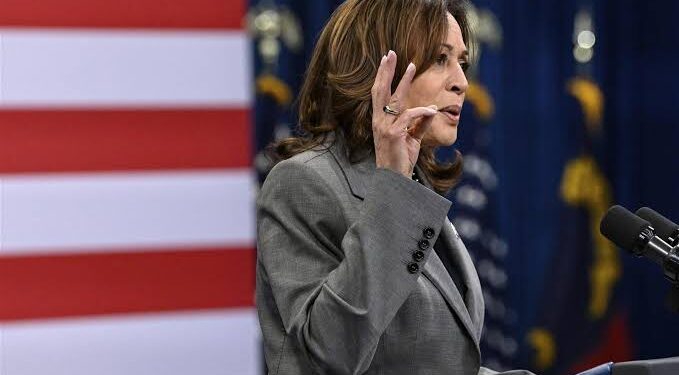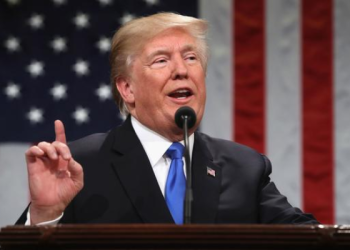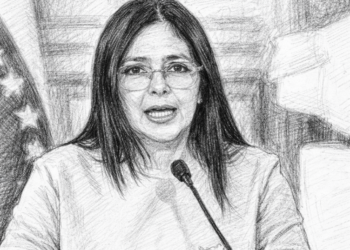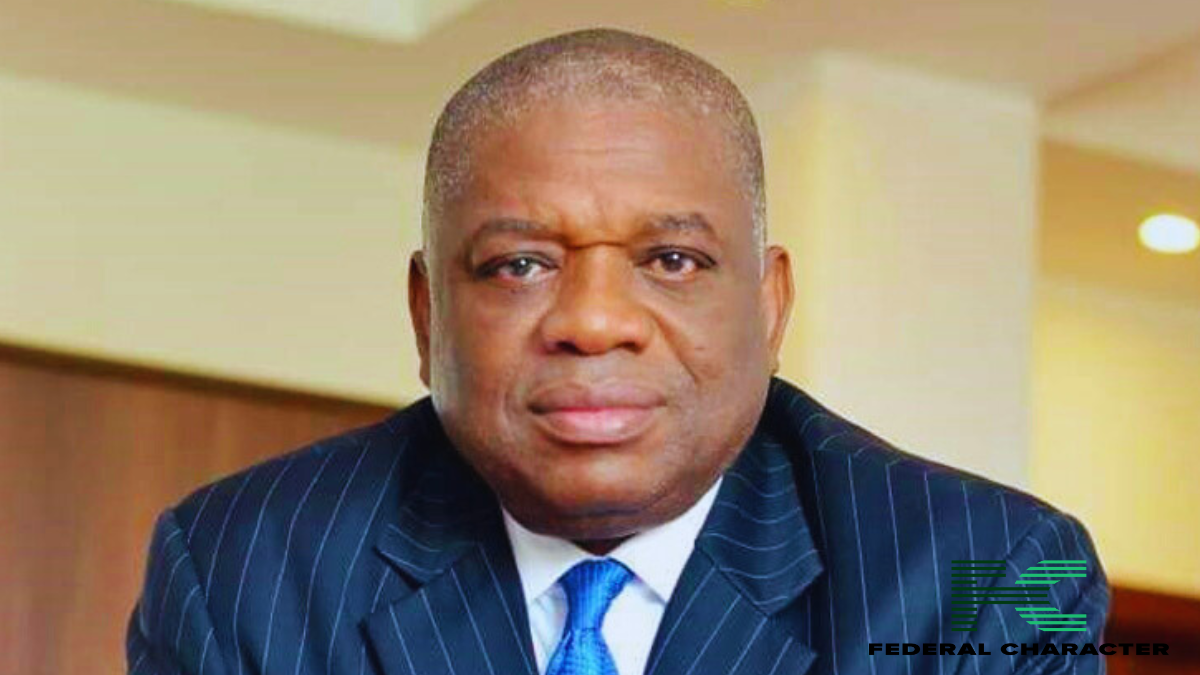Kamala Harris is set to make history on Thursday evening as she formally accepts the Democratic Party’s nomination for the presidency, marking the culmination of the Democratic National Convention held in Chicago. As she steps onto the stage, Harris will not only represent her party but also embody the nation’s evolving demographics. Born to a Jamaican father and an Indian mother, both of whom are immigrants, Harris exemplifies the rapidly growing multiracial segment of the U.S. population. According to the U.S. Census Bureau, approximately 42 million Americans now identify as multiracial, which constitutes 13% of the country—a significant increase from just 2% in 2000, when the census first allowed individuals to select multiple races.
A Reflection of America’s Changing Demographics
The United States has long been characterized as a “melting pot,” a term that implies the blending of diverse cultures and ethnicities. However, the reality has often been more complex, with legal segregation and prohibitions on interracial marriage persisting until the civil rights movements of the 1960s and the landmark Supreme Court ruling in 1967. The election of Barack Obama as the nation’s first Black president in 2008 signaled a significant shift, and Harris, if elected in November, would become the first Black woman and South Asian to hold the office. This would not only be a historic milestone but also a reflection of the country’s increasingly diverse future.

The vast majority of multiracial individuals in the U.S. are younger than 44, with a third of them still being children. This demographic trend points to a future where the nation will continue to grow more diverse and multicultural.
Challenges of Multiracial Identity in Politics
Despite these demographic shifts, the increasing diversity of the U.S. population has not been without controversy. Some members of the shrinking white majority have reacted with confusion or hostility.
Former President Donald Trump, the Republican presidential candidate, recently made dismissive remarks about Harris’s multiracial identity, questioning whether she identifies as Indian or Black. “I don’t know, is she Indian or is she Black,” Trump said, adding, “But you know what, I respect either one.” These comments echoed the experiences of many multiracial individuals who are often asked to choose one aspect of their identity over another.
Harris has consistently embraced both sides of her heritage, a fact that many Democrats believe makes her uniquely qualified to lead a diverse nation. Speaking at a Politico event on the sidelines of the convention, Representative Maxwell Frost, who has Lebanese, Puerto Rican, and Haitian ancestry, remarked, “When you have individuals who carry multiple experiences in the same person, that’s an asset. That enhances her ability to legislate and advocate on behalf of a broad range of Americans.”
The Backlash Against Diversity
As the U.S. becomes more diverse, the backlash from some quarters has intensified. White nationalist groups have gained traction online, spreading conspiracy theories like the “Great Replacement”—a baseless notion that white Americans are being systematically replaced by people of color. Meanwhile, some Republican lawmakers have focused on cultural issues, such as banning books and canceling classes that address racial history, reflecting a broader unease with the nation’s shifting demographics.
Racial hate crimes continue to be a significant concern, with thousands reported annually. In 2022, there were 232 hate crimes reported against people of multiple races, according to the most recent FBI data available. This underscores the challenges that multiracial individuals continue to face in a society that is still grappling with its racial past and future.
Perspectives on Racial Identity Politics
The role of racial identity in American politics remains a contentious issue. Tara Setmayer, an Afro-Latina and white conservative co-founder of the Seneca Project political action committee, noted that she was once drawn to the Republican Party for its emphasis on color-blind policies. However, she now critiques the party’s recent rhetoric on issues such as illegal migration, which she believes carries undercurrents of racism. “Do Democrats take it too far at times with the racial identity politics? Well, yeah,” she said, acknowledging the complexity of the issue.
Setmayer, who is now an independent, argues that some Republicans are resisting the inevitable demographic changes in the country. “This is really their last gasp at trying to stop the country from evolving, and I think they’re missing out on something that’s beautiful,” she said. Republicans, on the other hand, reject these criticisms, insisting that their focus on border controls and other policies is aimed at securing the nation for all Americans, regardless of race.
Conclusion
Kamala Harris’s nomination represents a significant moment in American history, not just for the Democratic Party but for the nation as a whole. As the U.S. continues to evolve into a more diverse society, the challenges and opportunities of this transformation will shape the country’s future. Harris’s candidacy, with her multiracial background and commitment to inclusivity, offers a glimpse of what that future might look like—a future where diversity is not just acknowledged but celebrated.

















